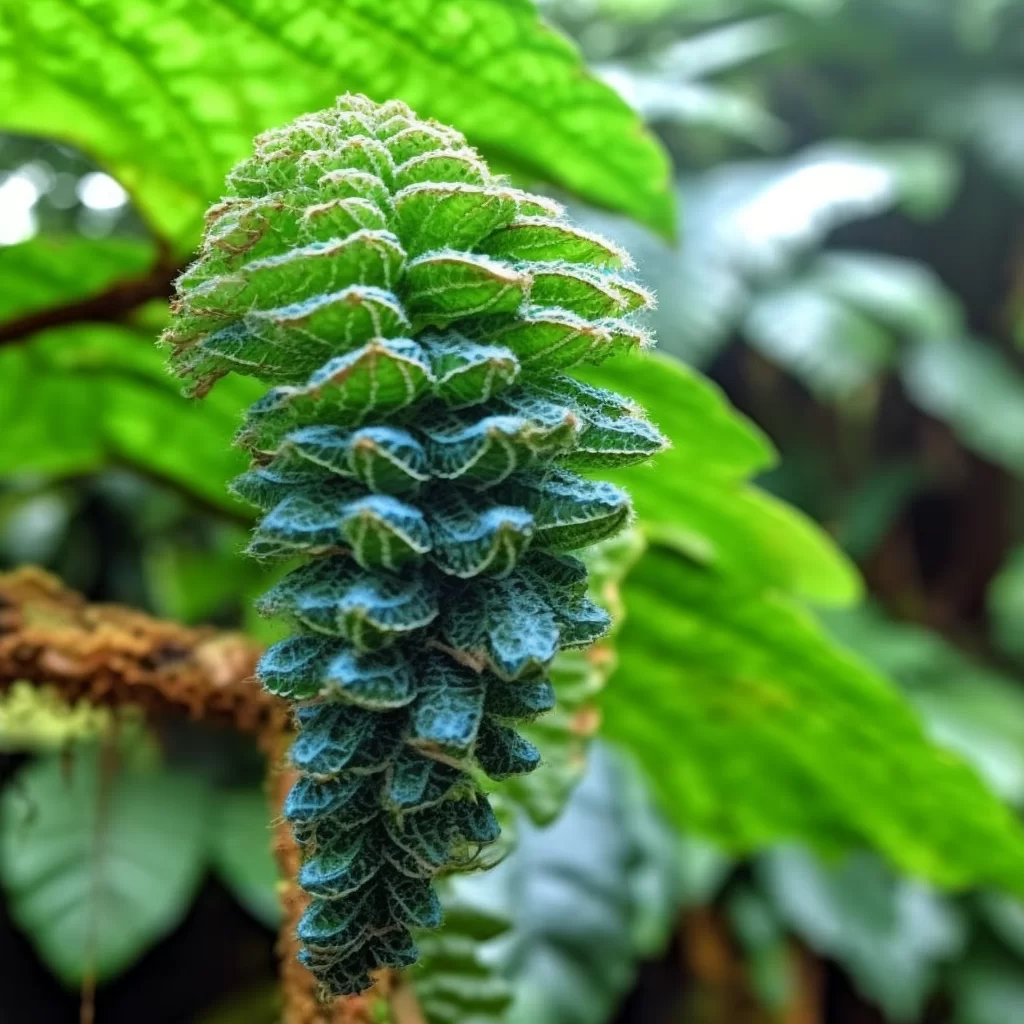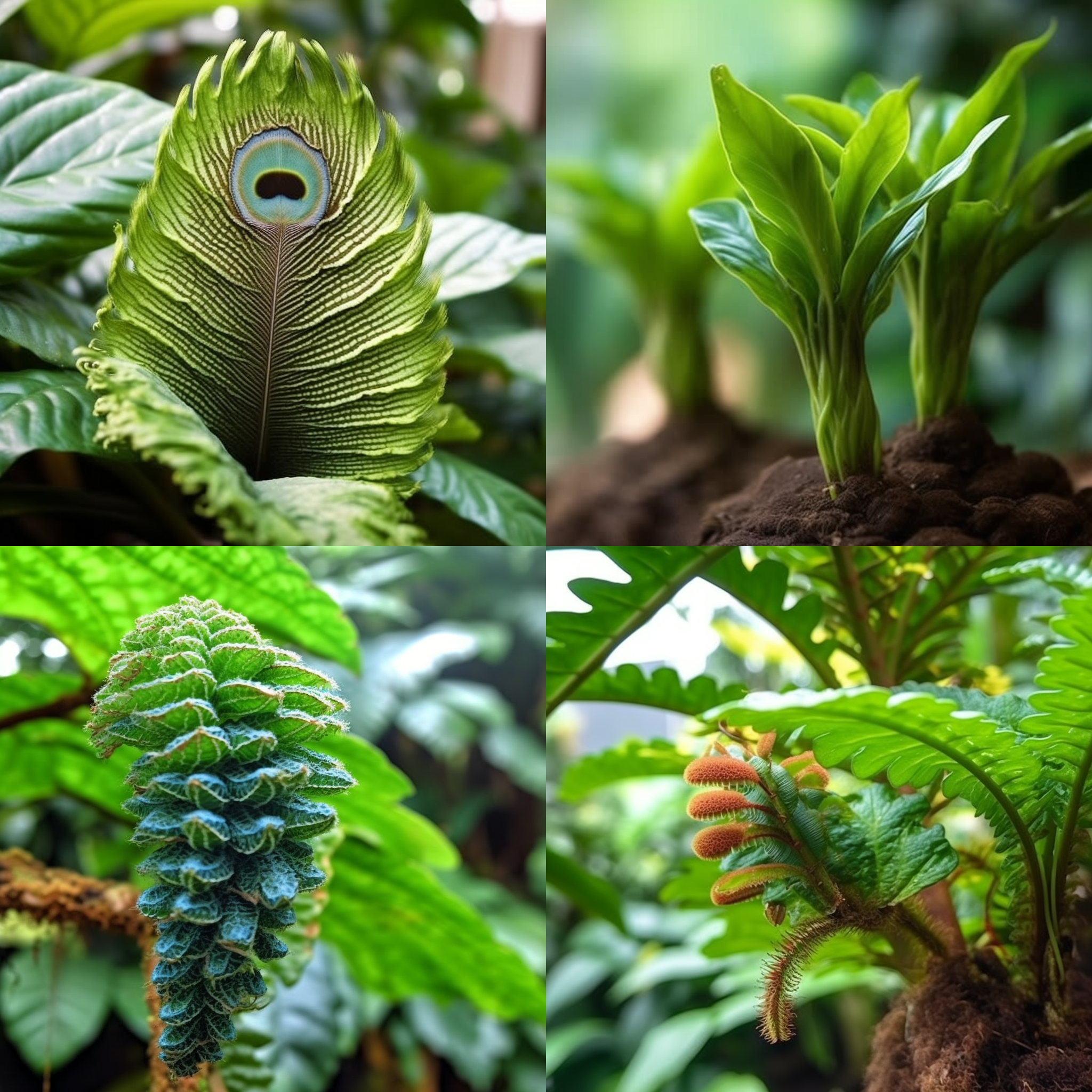Story of Day :
Contents
The Peacock Plant: A Complete Guide to Care Tips and More
Gardening is a wonderful hobby, and one that can bring so much joy and beauty into your life. One plant that has been gaining in popularity lately is the peacock plant. This beautiful tropical plant, also known as Calathea makoyana, has stunning foliage with intricate patterns resembling the feathers of a peacock. In this complete guide to care tips for the peacock plant, we’ll take a closer look at this stunning houseplant and how to keep it looking its best.
What is a Peacock Plant?
The Calathea makoyana or peacock plant is native to Brazil and features broad green leaves with feathery stripes on top that resemble the eye feathers of a peacock’s tail. The undersides have deep purple hues that make them pop against other plants in an indoor garden setting.

Care Tips for Your Peacock Plant
- Light: These plants prefer bright indirect light but need protection from direct sunlight which can scorch their delicate leaves.
- Water: Keep the soil consistently moist but not soaking wet as they don’t like sitting in water or being too dry either. It’s essential to ensure adequate drainage since stagnant water encourages root rot.
- Humidity: This tropical beauty thrives best under high humidity levels of between 60-70%. They suffer if exposed to dry air hence use humidifiers or place on trays filled with water below their pots.
- Fertilizer & Soil Requirements: Fertilize every two weeks using liquid fertilizer mixed based on half-strength instructions during growing seasons i.e., spring through summer months while reducing feeding significantly during fall & winter seasons when dormancy kicks in; use well-draining soil that’s slightly acidic to neutral.
- Temperature: Maintaining temperatures between 60°F to 80°F is optimal, and they can’t tolerate temperatures below 55°F or harsh temperature fluctuations.
Peacock Plant Propagation
You can propagate your Calathea makoyana using its stem cuttings. Ensure that each cutting has at least two leaves in addition to the stem. Dip the cut end into rooting hormones then plant it in a jar filled with water or moist soilless potting mix and keep its environment humid until new growth emerges.

Pests and Problems
An essential aspect of maintaining healthy peacock plants is being on the lookout for pests such as spider mites, mealybugs, scale insects, etc., which affect their health & beauty and will require immediate attention. Yellowing or browning of leaves indicates overwatering while crispy brown edges imply low humidity levels need adjustment. Other issues like exposure to direct sunlight result in leaf scorching (brown/yellow patches) while insect infestation leads to stunted growth & discolored leaves too.
Conclusion
The peacock plant is a stunning addition to any indoor garden setting with its eye-catching colors and unique patterns resembling those of a majestic peacock’s feathers! By following these care tips, you should be able to keep your Calathea makoyana looking vibrant year-round while avoiding common issues such as root rot caused by over-watering or yellowing leaves due to low humidity levels. Remember always; prevention is much better than treatment when it comes down plants!

